An OMA/AMO show at Het Hem explores our balance with nature
We tour Het Hem's latest exhibition, ‘Chapter 5IVE’, a collaboration with OMA's Rem Koolhaas and Samir Bantal, director of AMO

Cassander Eeftinck Schattenkerk - Photography
Het Hem’s latest exhibition ‘Chapter 5IVE’ is the result of long conversations between curator Rieke Vos, Dutch architect Rem Koolhaas and Samir Bantal, director of AMO, the think tank of the Office for Metropolitan Architecture (OMA). The installation of 15 groups of artworks is being shown at the cultural institution’s former munitions factory space in Zaandam, the Netherlands.
The framework of the exhibition was the extensive study of the relationship between city and countryside, which Koolhaas and Bantal began in 2012 and was first presented in the Guggenheim in 2020 under the title ‘Countryside, The Future’. ‘Globalisation’s initially glamorous image seems to be rapidly losing its shine in various parts of the world. Increasingly, mechanisms of the modern city seem to make life more uniform and upset our balance with nature, and people in the countryside are no longer willing to accept this,’ says Bantal. In other words, we must look to the countryside to help us achieve sustainable life on Earth. This is a key part of our battle against climate change and our fight for food security and an inclusive balance with nature.

Rem Koolhaas and Samir Bantal.
‘The artworks give space for a critical reflection on our relationship with rural life and nature, now and in the future,’ says Vos. The journey starts with a prologue: in German artist Christian Jankowski’s The Hunt (1992-1997), the artist walks into a supermarket with a bow and arrow like a primitive hunter gathering his life supplies – only to be faced by an unconcerned checkout assistant, who simply charges him for his ‘captures’. Humans tend to place themselves outside or even on top of nature. This comical anecdote questions whether there is an inherent conflict in the way we live and how we position ourselves in the ecosystem.
Our economy demands continuous growth, which outpaces nature’s clock. Hungarian-American artist Agnes Denes’ Tree Mountain – A Living Time Capsule – 11,000 Trees, 11,000 People, 400 Years (1982, 1992-96) is one of the earliest ecological artworks, in which thousands of silver firs were planted on a former gravel pit in Finland in a mathematical manner, using the Fibonacci sequence and golden ratio to encourage future civilisations to reflect on its cultural origins. ‘Rural areas are likely to be hardest hit by climate change, but they might also have the best solutions to deal with it,’ says Vos. Nature may work slowly, but on the other hand, Denes sends out the message that it is possible for humans to adapt to its rhythms if we have the will to do so.
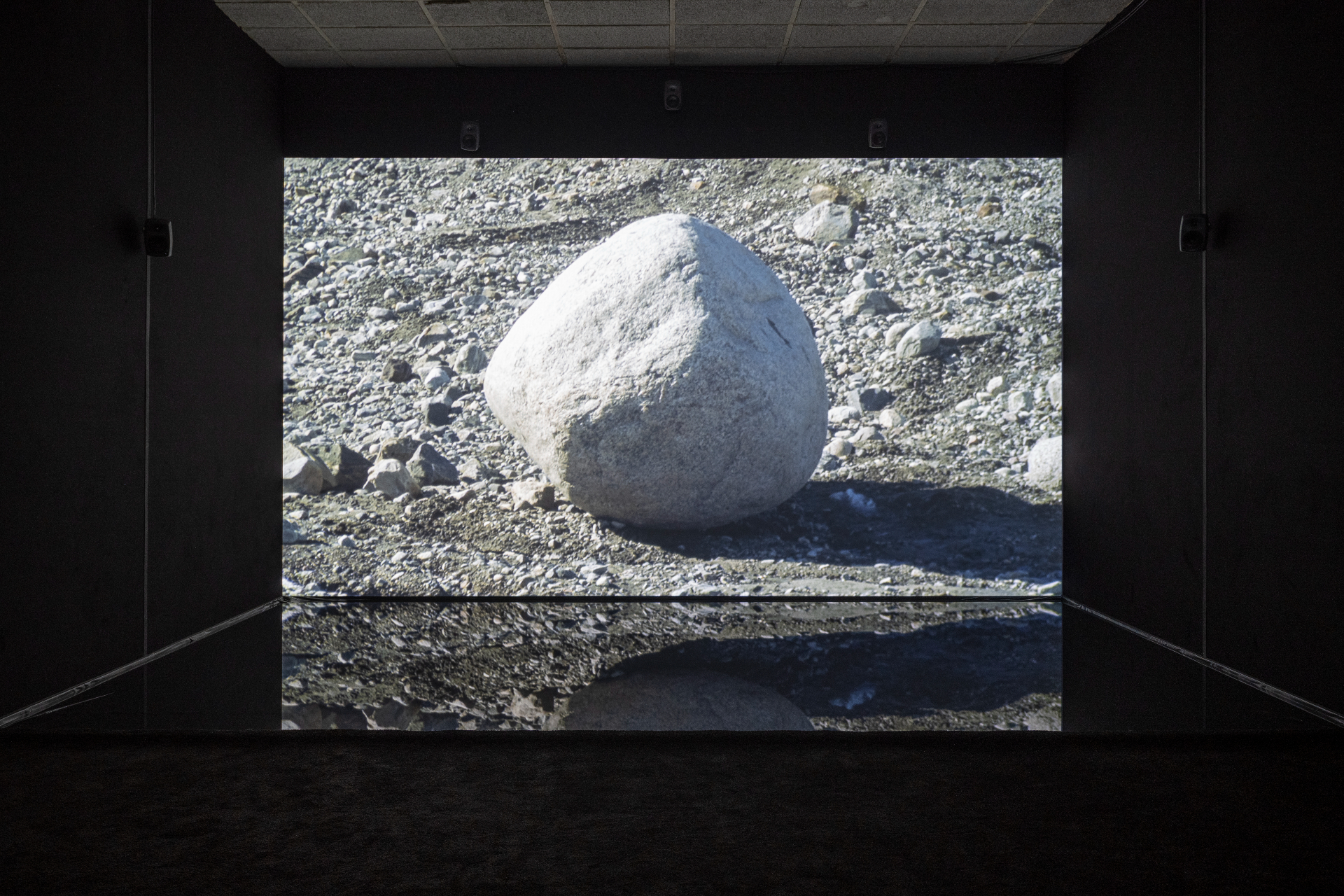
Jasper Coppes. Installation view, ‘Chapter 5ive’, Het Hem
The exhibition moves towards a more futuristic sentiment. Vos describes Bantal and Koolhaas as ‘in a way techno philosophers’, whose open minds seek ways of using new technologies to change our behaviours while at the same time maintaining our values.
The Great Decline (2019) by Belgian artist Maarten Vanden Eynde is a copper memory chip, showing the floor plan of Norway’s Svalbard Global Seed Vault, which opened in 2008, covered with a large variety of seeds. ‘Seeds contain a lot of knowledge,’ says Vos. ‘They are one of the most complex rural technologies.’ The design is reminiscent of a lukasa, an ancient memory device created by the Luba kingdom (now part of the Democratic Republic of Congo) to document topographical and historical information about political events, people and places.
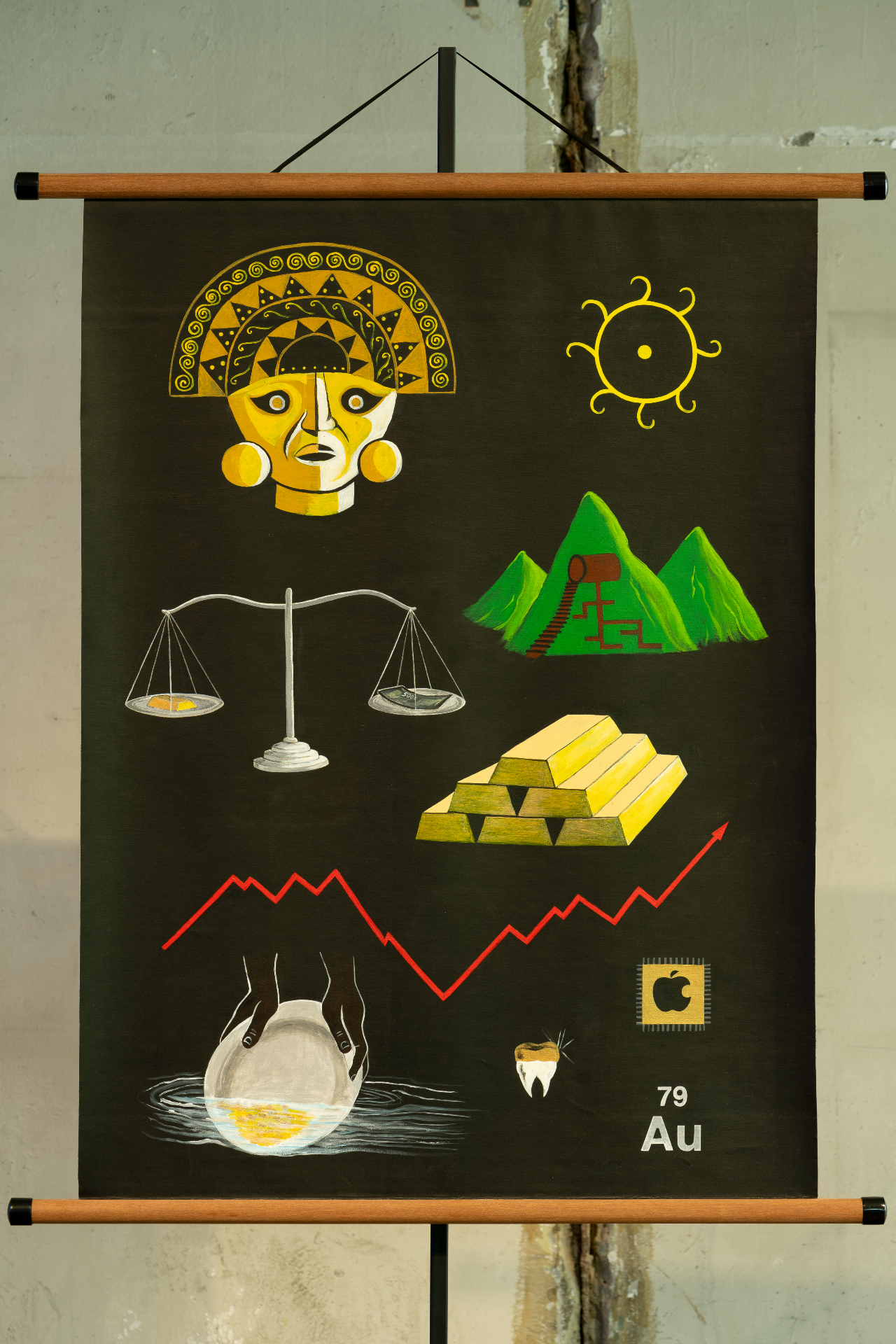
Musasa and Maarten Vanden Eynde. Installation view, ‘Chapter 5ive’, Het Hem
At the end of the exhibition hall is Emissary Forks at Perfection (2015-16), a live algorithmic simulation by American artist Ian Cheng. It portrays a far future, in which humans have become extinct, where a human is brought back to life by Al to see how they would react to the dystopian environment. ‘Perhaps the most intimate crisis we face today is the limit of human consciousness to really grasp non-human scaled complexity,’ says Cheng.
Receive our daily digest of inspiration, escapism and design stories from around the world direct to your inbox.
Vos adds, ‘Humans tend to think that we can control everything through technology. Cheng’s work paints another picture in which we are reminded that we will always be part of a holistic environment.’
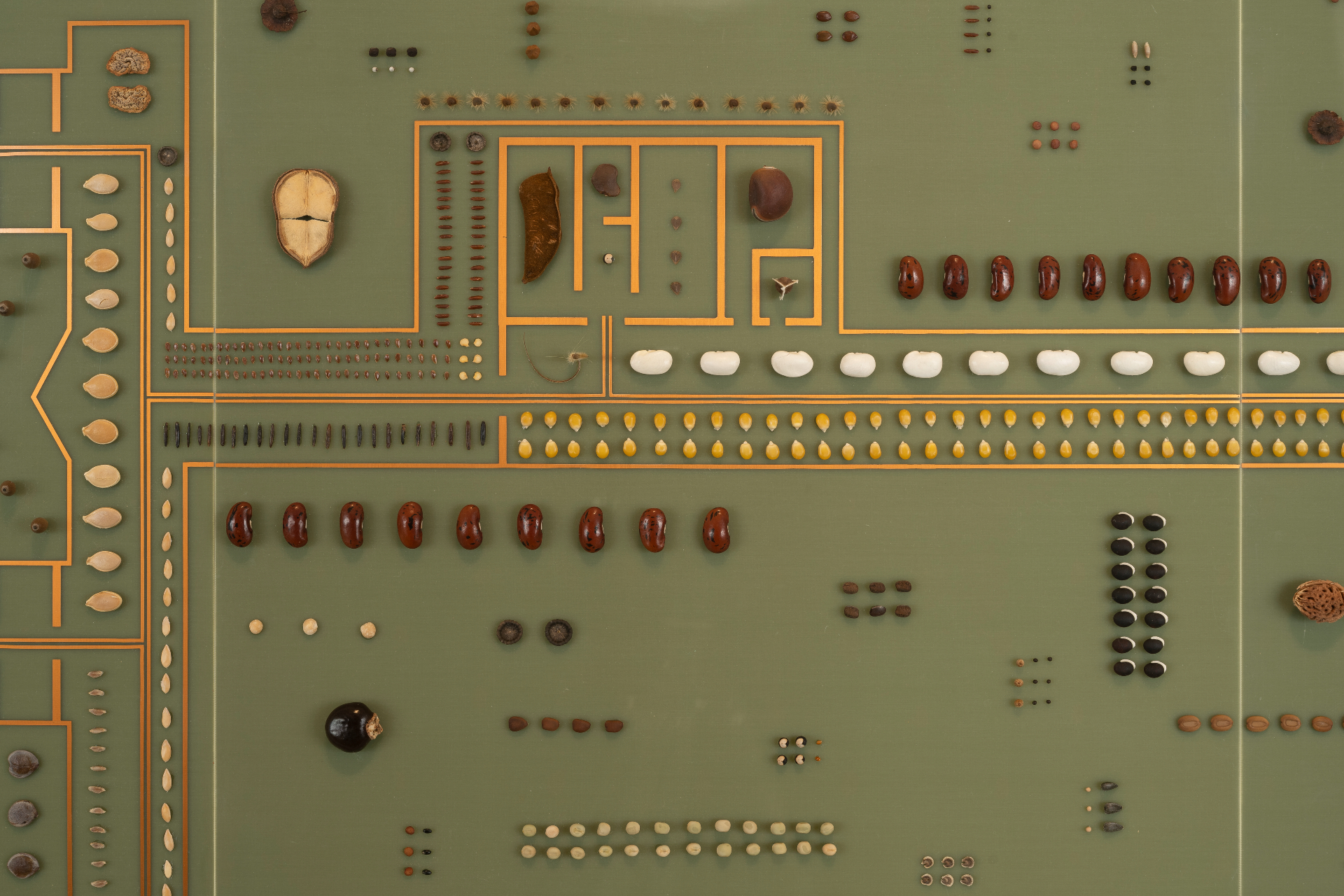
Maarten Vanden Eynde. Installation view, ‘Chapter 5ive’, Het Hem
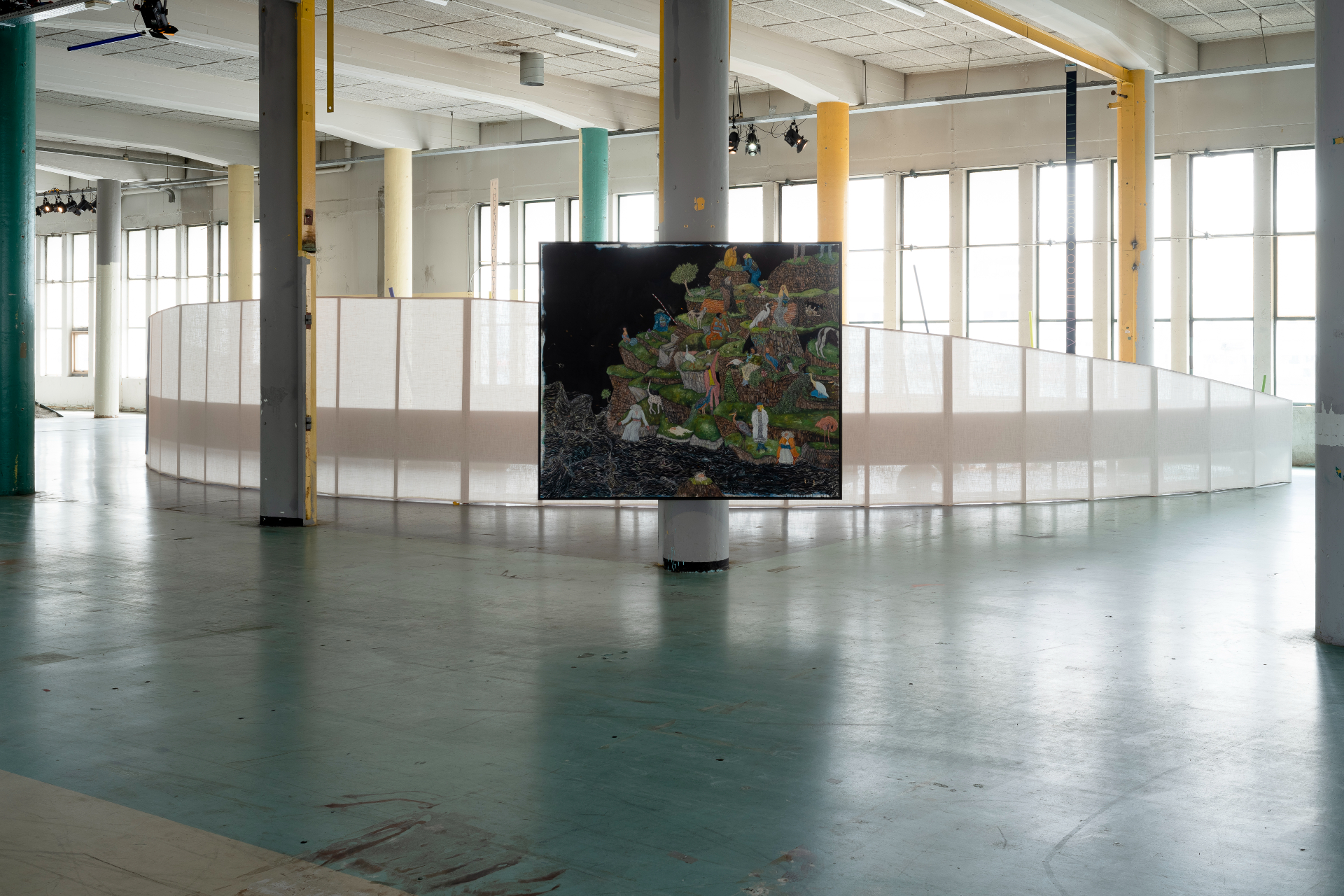
Bram Demunter. Installation view, ‘Chapter 5ive’, Het Hem
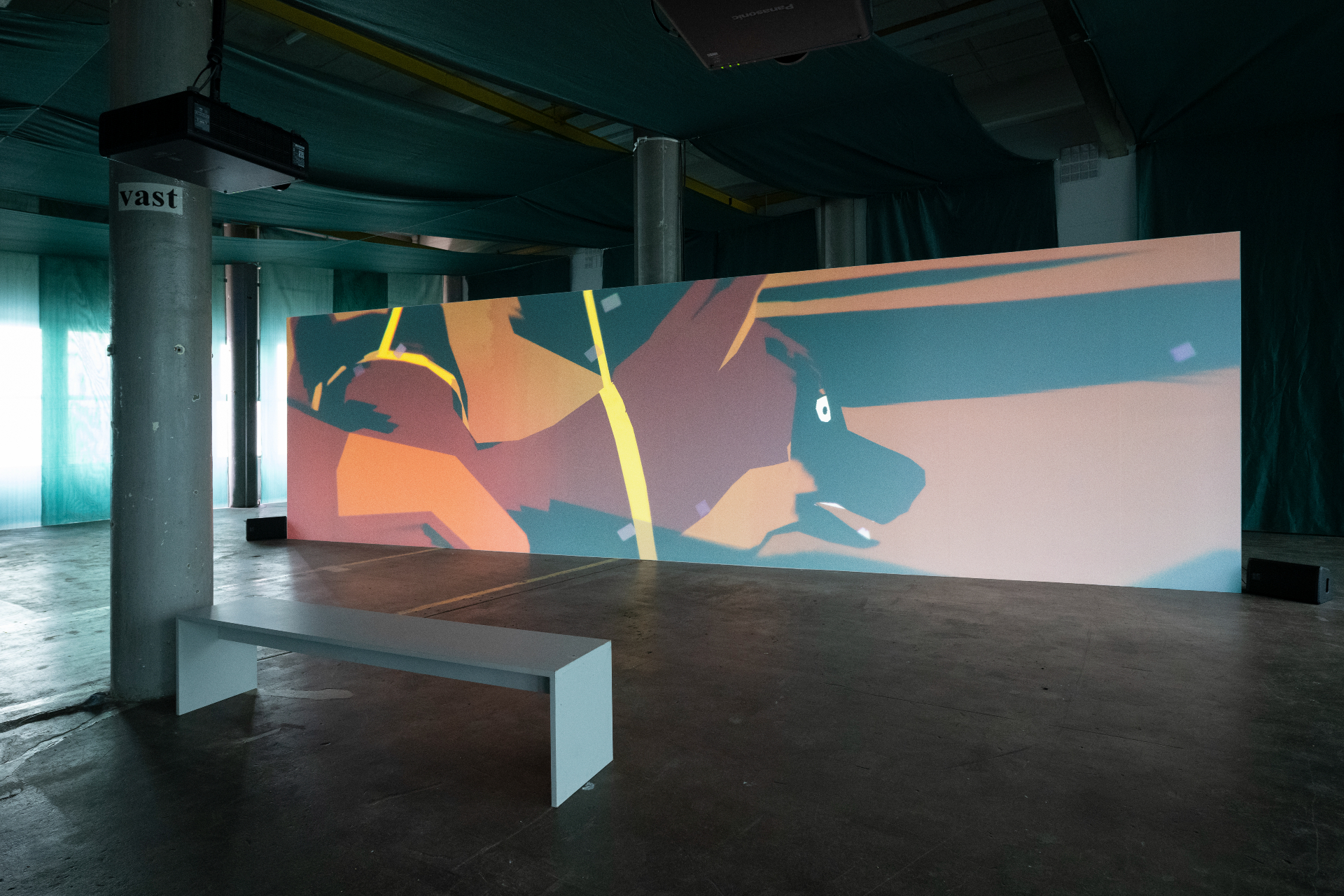
Ian Cheng. Installation view, ‘Chapter 5ive’, Het Hem
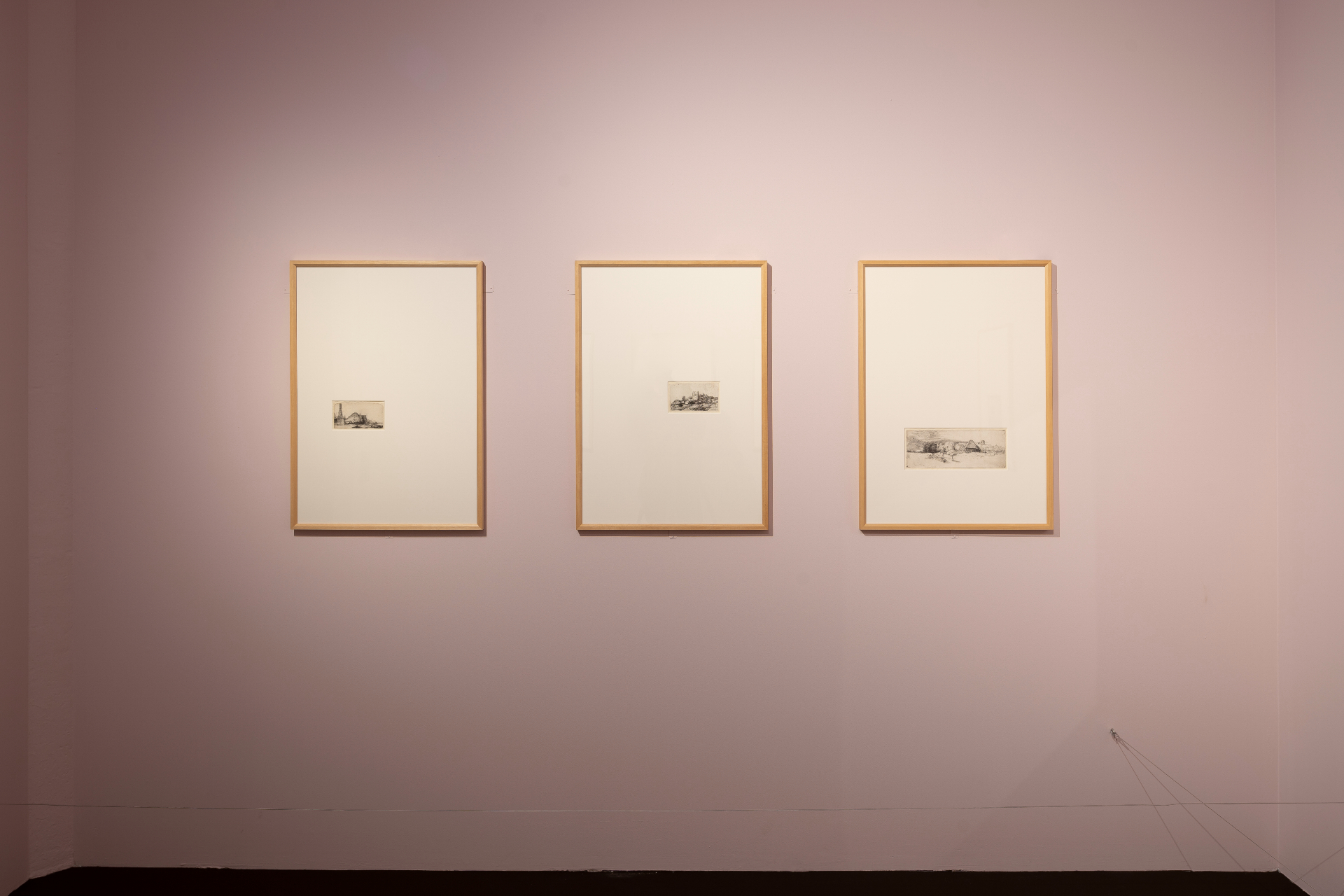
Rembrandt Van Rijn. Installation view, ‘Chapter 5ive’, Het Hem
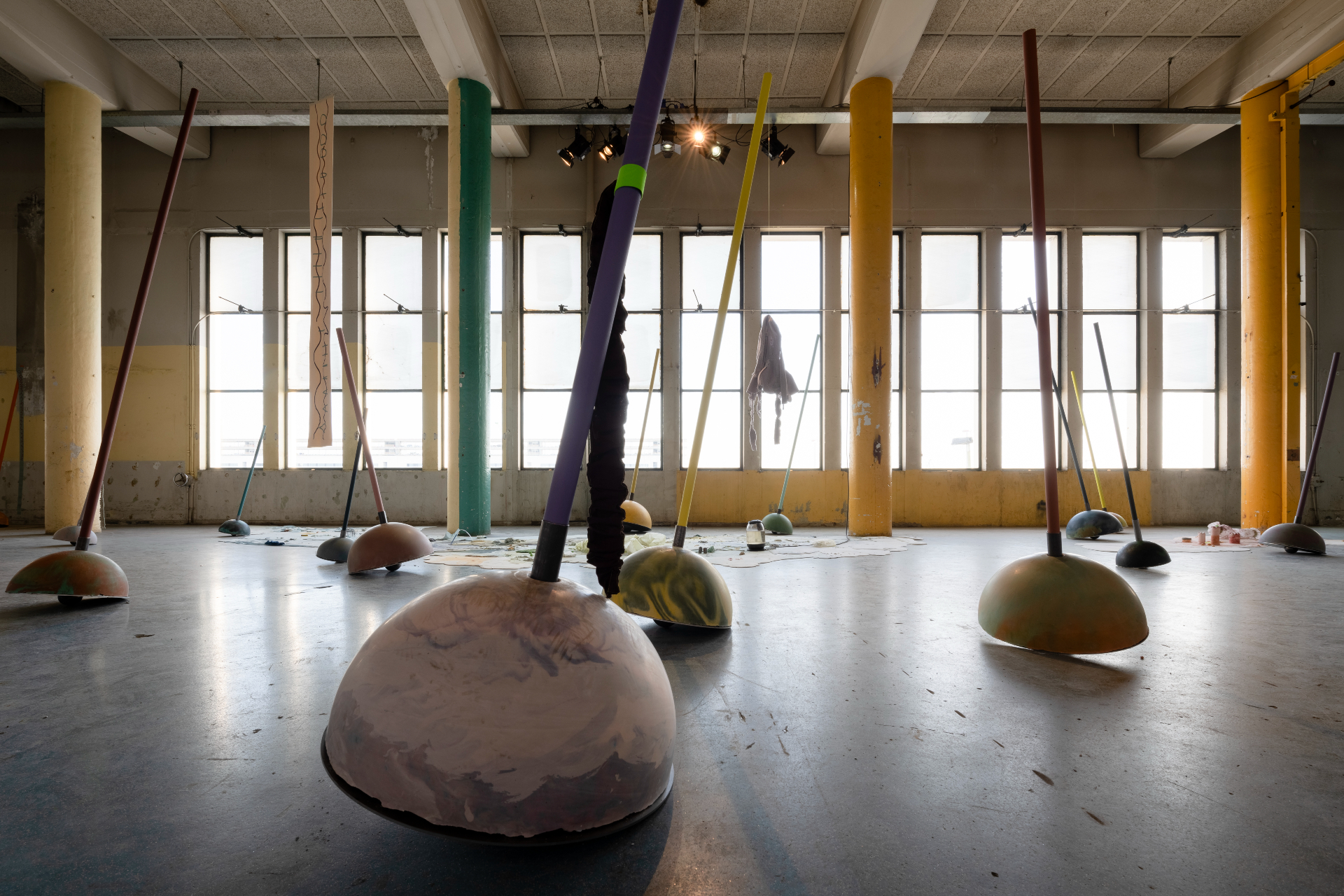
De Onkruidenier. Installation view, ‘Chapter 5ive’, Het Hem

Agnes Denes. Installation view, ‘Chapter 5ive’, Het Hem
INFORMATION
Yoko Choy is the China editor at Wallpaper* magazine, where she has contributed for over a decade. Her work has also been featured in numerous Chinese and international publications. As a creative and communications consultant, Yoko has worked with renowned institutions such as Art Basel and Beijing Design Week, as well as brands such as Hermès and Assouline. With dual bases in Hong Kong and Amsterdam, Yoko is an active participant in design awards judging panels and conferences, where she shares her mission of promoting cross-cultural exchange and translating insights from both the Eastern and Western worlds into a common creative language. Yoko is currently working on several exciting projects, including a sustainable lifestyle concept and a book on Chinese contemporary design.
-
 La Monique brings the French Riviera to Santa Monica
La Monique brings the French Riviera to Santa MonicaA transportive room of velvet, candlelight, and Riviera chic, serving French favourites with a modern wink
-
 Kat Milne is the designer behind fashion’s most intriguing retail spaces
Kat Milne is the designer behind fashion’s most intriguing retail spacesInfused with elements of the surreal, Kat Milne has designed stores for the likes of Marc Jacobs, Sandy Liang and A24. ‘People are looking for a more tactile experience,’ she tells Wallpaper*
-
 A refreshed 1950s apartment in East London allows for moments of discovery
A refreshed 1950s apartment in East London allows for moments of discoveryWith this 1950s apartment redesign, London-based architects Studio Naama wanted to create a residence which reflects the fun and individual nature of the clients
-
 Carlo Ratti reflects on his bold Venice Architecture Biennale as it closes this weekend
Carlo Ratti reflects on his bold Venice Architecture Biennale as it closes this weekendThe Venice Architecture Biennale opens with excitement and fanfare every two years; as the 2025 edition draws to a close, we take stock with its curator Carlo Ratti and ask him, what next?
-
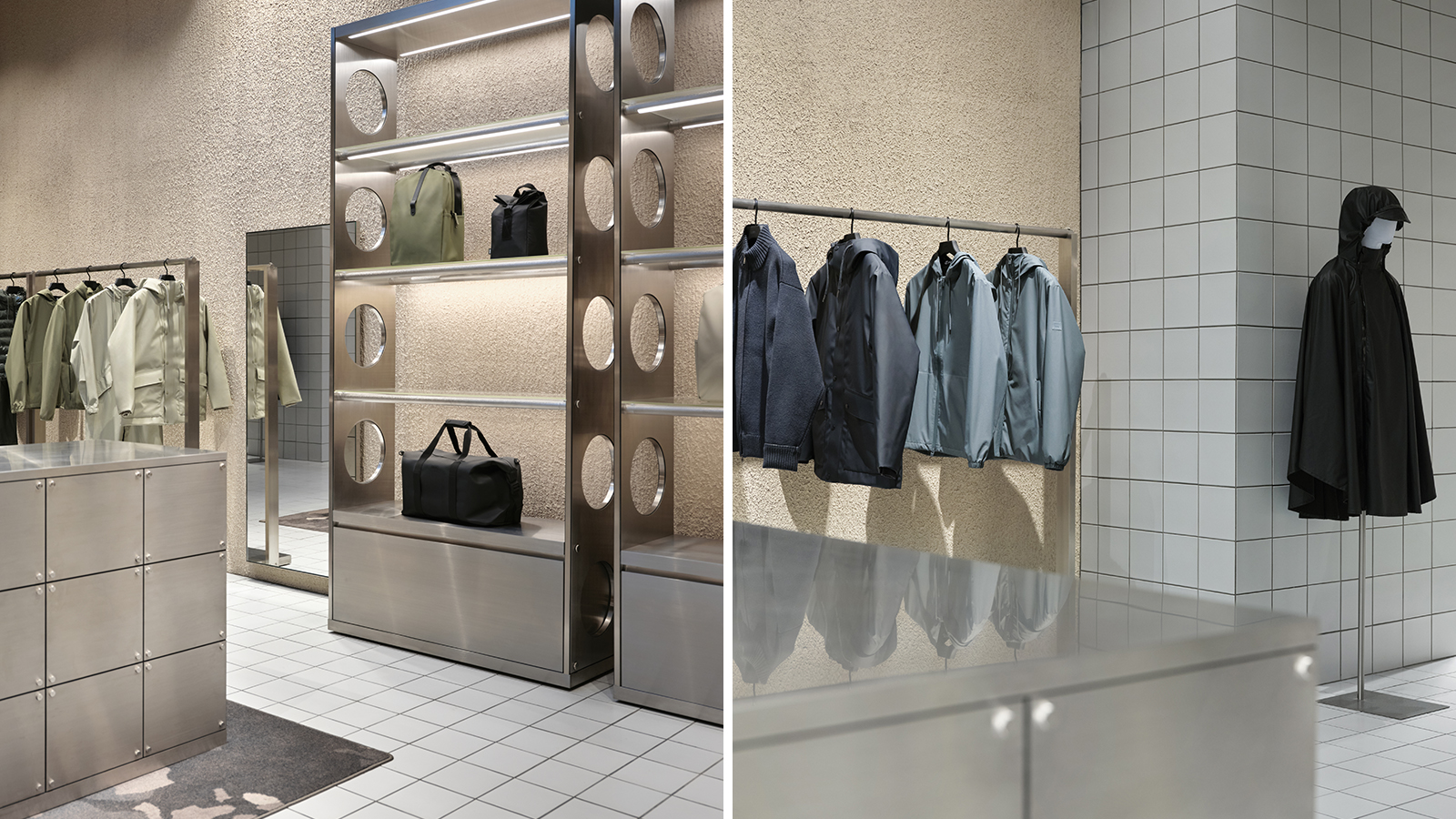 Rains Amsterdam is slick and cocooning – a ‘store of the future’
Rains Amsterdam is slick and cocooning – a ‘store of the future’Danish lifestyle brand Rains opens its first Amsterdam flagship, marking its refined approach with a fresh flagship interior designed by Stamuli
-
 2025 Lisbon Architecture Triennale ponders the (literal and figurative) weight of humanity
2025 Lisbon Architecture Triennale ponders the (literal and figurative) weight of humanityJoin us on a tour of the 2025 Lisbon Architecture Triennale, exploring the question ‘How Heavy is the City?’ and our impact on the planet
-
 Is slowing down the answer to our ecological challenges? Copenhagen Architecture Biennial 2025 thinks so
Is slowing down the answer to our ecological challenges? Copenhagen Architecture Biennial 2025 thinks soCopenhagen’s inaugural Architecture Biennial, themed 'Slow Down', is open to visitors, discussing the world's ‘Great Acceleration’
-
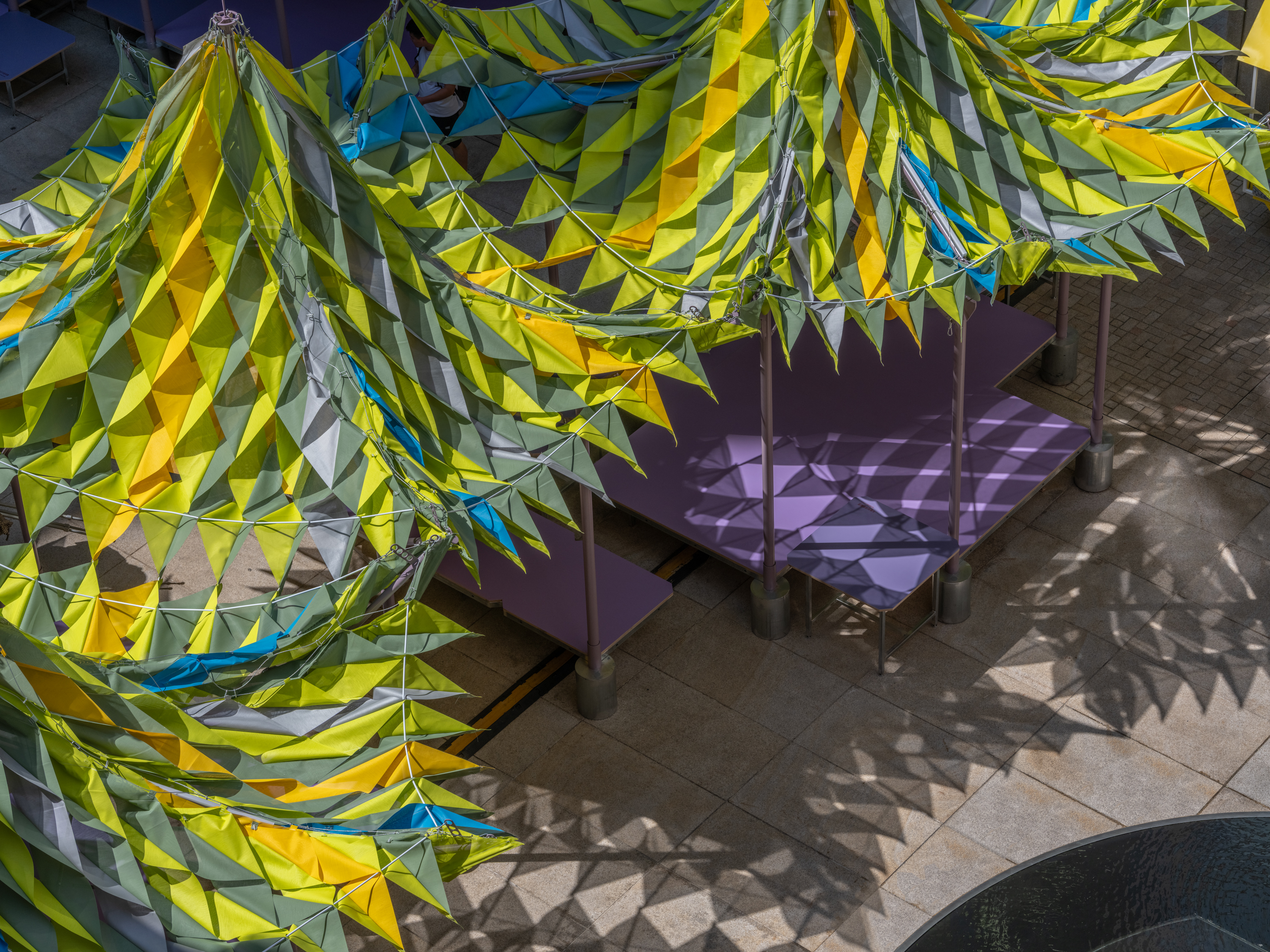 Shanghai’s biennial, RAMa 2025, takes architectural exploration outside
Shanghai’s biennial, RAMa 2025, takes architectural exploration outsideRAMa 2025, the architecture biennial at Rockbund Art Museum in Shanghai, launches, taking visitors on a journey through a historic city neighbourhood – and what it needs
-
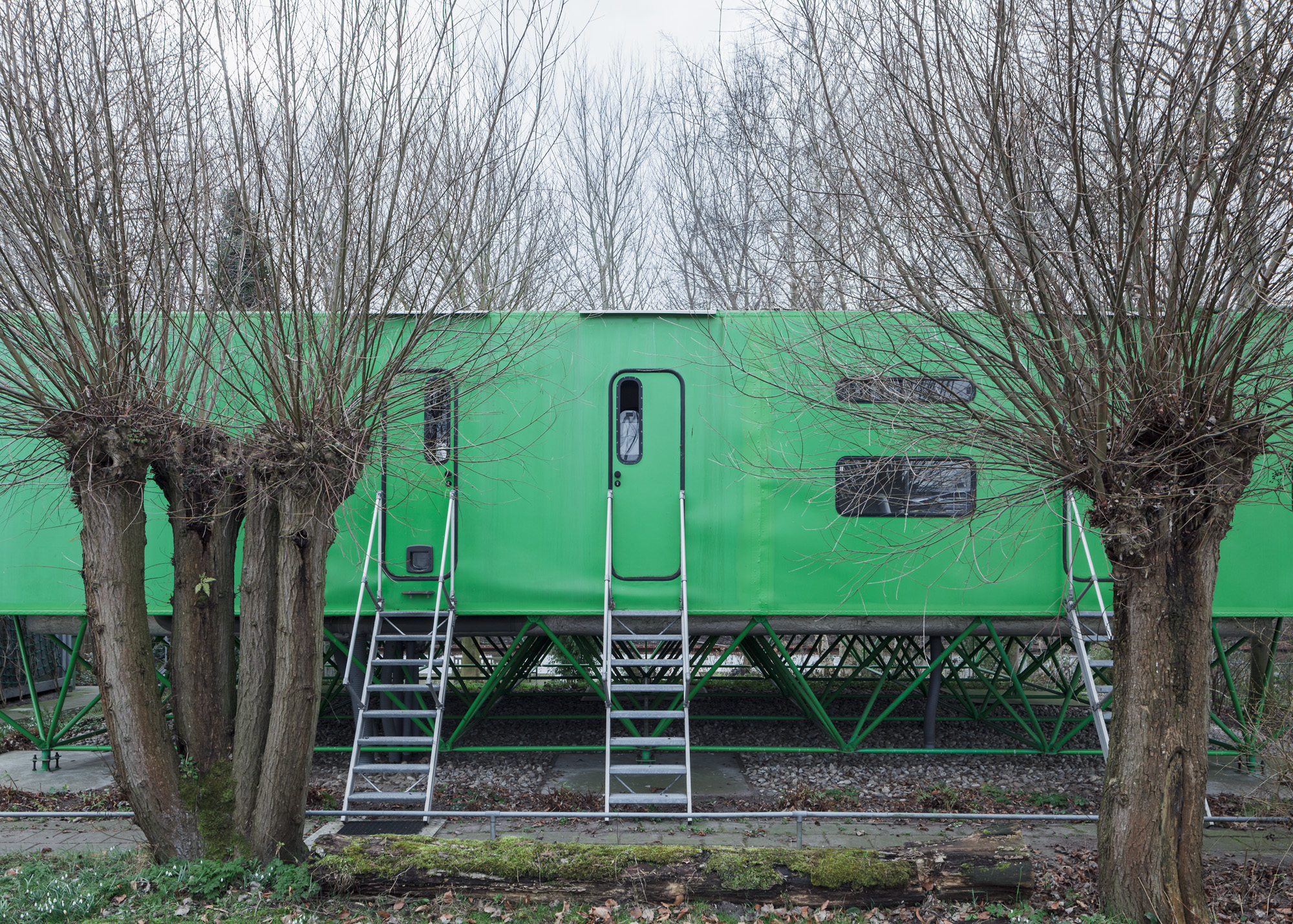 Flat-out brilliance: three Dutch houses that celebrate the horizontal
Flat-out brilliance: three Dutch houses that celebrate the horizontalThese three Dutch houses, built between the 1980s and the 2020s, blend seamlessly into the flat landscapes of the low country
-
 Germane Barnes just transformed a humble Indiana parking garage into an enormous sub-woofer system
Germane Barnes just transformed a humble Indiana parking garage into an enormous sub-woofer systemWith Joy Riding, the Miami-based designer’s installation at Exhibit Columbus, Barnes celebrates togetherness by evoking Black car culture
-
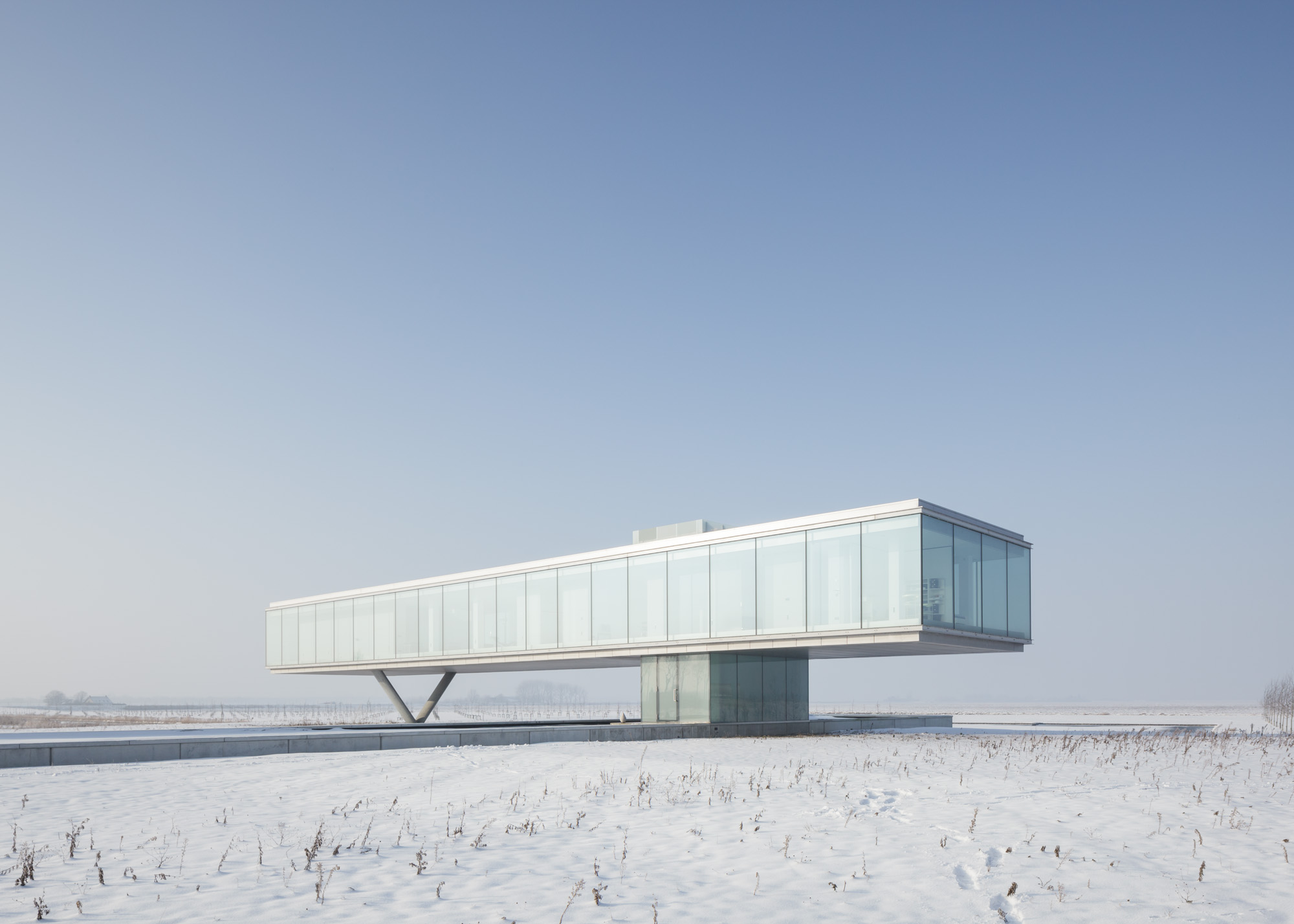 Explore a Dutch house which reframes brutalist architecture’s relationship with nature
Explore a Dutch house which reframes brutalist architecture’s relationship with natureA Dutch house by architect Paul de Ruiter is perfectly at one with the flatlands of the Netherlands; we dig into the Wallpaper* archive to revisit this unapologetic, sharp-angled streak across the landscape